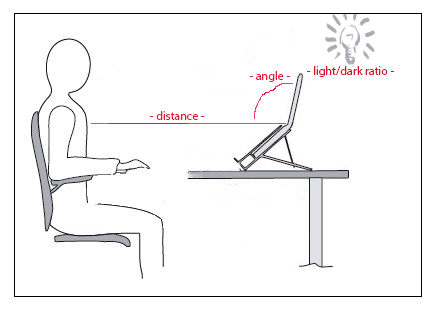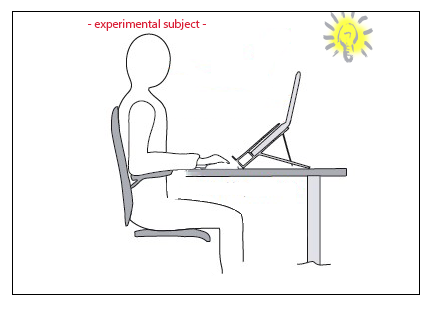Measurement plan: Difference between revisions
(Created page with '=Measurement plan= The goal of this measurement plan is to create a guideline for the two experiments that will be carried out. This will result in a smoother transition between …') |
|||
| Line 1: | Line 1: | ||
The goal of this measurement plan is to create a guideline for the two experiments that will be carried out. This will result in a smoother transition between acquiring the materials necessary for the set-ups, performing the experiments and exporting the data. | The goal of this measurement plan is to create a guideline for the two experiments that will be carried out. This will result in a smoother transition between acquiring the materials necessary for the set-ups, performing the experiments and exporting the data. | ||
Revision as of 10:08, 25 October 2016
The goal of this measurement plan is to create a guideline for the two experiments that will be carried out. This will result in a smoother transition between acquiring the materials necessary for the set-ups, performing the experiments and exporting the data.
With the first experiment we will be verifying if the impact of different circumstances results in a deviant output. What will a difference in distance, angle or light/dark ratio do to the results?
With the second experiment we will be verifying the performance of the Noldus software by testing a range of basic emotions, by using certain movie segments. Experimental subjects (varying in age) are positioned in front of a camera, while being exposed to fragments of themed video material. Key is to execute the experiments with comparable circumstances.
Experiment 1
List of equipment:
- 1. Laptop with Noldus software ‘FaceReader 7.0’
- 2. Webcam
- 3. Lightsource
- 4. Chair
- 5. Table
Experiment 1.1: varying distance, constant angle, constant light/dark ratio
Steps to take:
- 1. Turn on laptop and start ‘FaceReader 7.0’
- 2. Start ‘new project’
- 3. Select ‘new participant’
- 4. Select the connected camera
- 5. Take place in front of the laptop, with the face pointing directly towards the webcam
- 6. Start an analysis
- 7. If the software recognizes the face, increase the distance between participant and webcam
- 8. Repeat till the maximum allowable distance is reached
- 9. Write down this distance
Experiment 1.2: constant distance, varying angle, constant light/dark ratio
Steps to take:
- 1. Turn on laptop and start ‘FaceReader 7.0’
- 2. Start ‘new project’
- 3. Select ‘new participant’
- 4. Select the connected camera
- 5. Take place in front of the laptop, with the face pointing directly towards the webcam
- 6. Start an analysis
- 7. Let the participant turn her/his head slowly to the right, until the face cannot be detected anymore
- 8. Write down this angle
- 9. Repeat this also for the directions, left, up and down
- 10. Increase the distance between participant and repeat until the face cannot be detected anymore
Experiment 1.3: constant distance, constant angle, varying light/dark ratio
Steps to take:
- 1. Turn on laptop and start ‘FaceReader 7.0’
- 2. Start ‘new project’
- 3. Select ‘new participant’
- 4. Select the connected camera
- 5. Take place in front of the laptop, with the face pointing directly towards the webcam
- 6. Start an analysis
- 7. Make the room as dark as possible and slowly turn on the lights
- 8. Write down when the face is first detected and at which point (if necessary) it cannot be detected anymore
- 9. Repeat for turning the lights of
Experiment 2
List of equipment:
- 1. Laptop with recoding software
- 2. Webcam
- 3. Lightsource
- 4. Chair
- 5. Table
Experiment 2.1: Varying experimental subject with constant circumstances
Steps to take:
- 1. Turn on laptop and start ‘FaceReader 7.0’
- 2. Start recording software
- 3. Place the experimental subject in front of the laptop, with the face pointing directly towards the webcam
- 4. Start the first fragment with emotion ‘Happy’
- 5. After two minutes, stop the fragment
- 6. Start an analysis
- 7. Ask the participant how he felt during the experiment and write it down
- 8. Repeat this for the fragments with emotions ‘Angry’, ‘Sad’, ‘Fear’, ‘Disgusted’ and ‘Surprised’.

